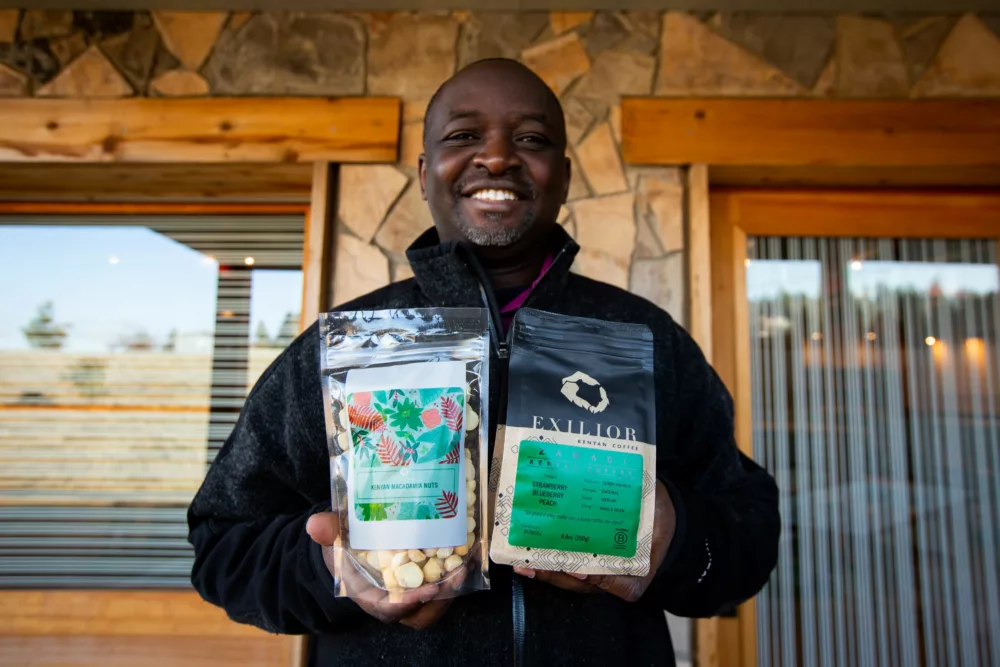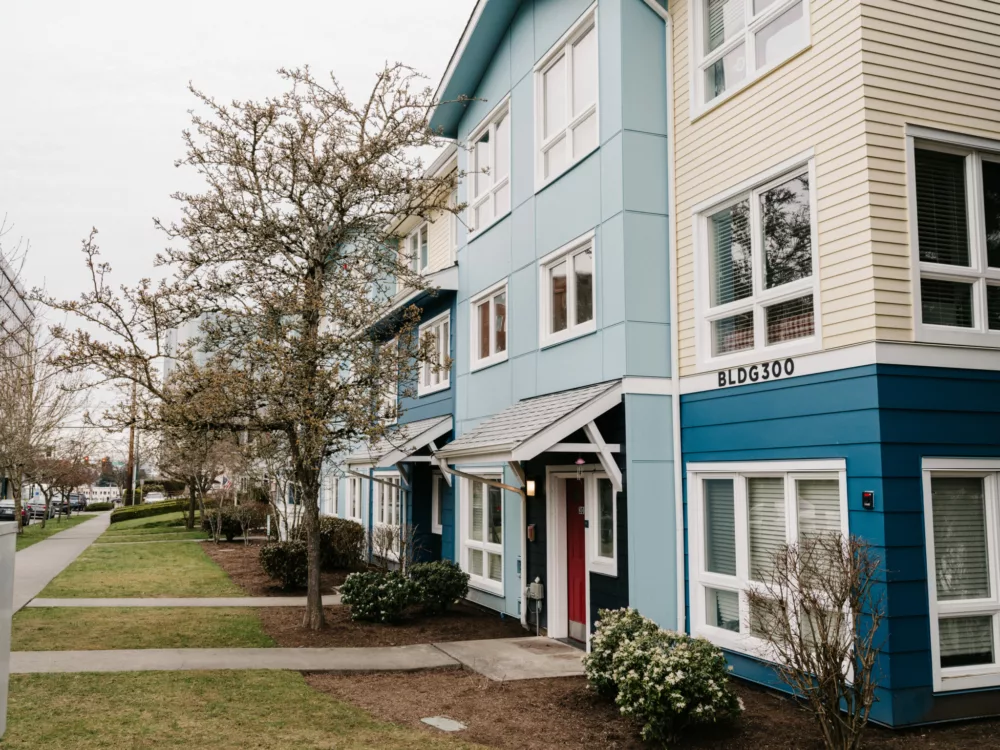Community Reinvestment Act

What is the Community Reinvestment Act (CRA)?
The Community Reinvestment Act (CRA) was enacted in 1977 as a response to redlining and other discriminatory banking practices, requiring banks to invest in the communities where they do business. We are proud to have received a second consecutive CRA rating of “Outstanding” from the FDIC in our most recent performance evaluation in 2021.
Receiving an "Outstanding" rating reflects our commitment to meeting the credit and development needs of those in our community, especially low-to-moderate income (LMI) neighborhoods, individuals, and small businesses. We continuously look for ways to increase our impact in the communities we serve by supporting local residents, nonprofits, B Corps, locally-owned businesses, and affordable housing initiatives.

The CRA is good for communities, consumers, businesses, and the banking industry
We have been vocal about the need to reform the CRA to more effectively meet community needs and ensure equitable banking practices, as well as modernize it for the digital era. Yet in recent years, there have been efforts to undermine even the existing CRA. In an era of discrimination in the financial industry, continued racially disparate access to financial services, and an increasing wealth gap in our communities, a robust CRA is more vital than ever. We have made our most current CRA Public File available below, and we encourage you to dive in to better understand our work and impact.
2022 Community Impact Highlights
Affordable housing lending
- $337.1 million in outstanding loans that support affordable housing projects.
- 14,664 affordable housing units financed in total to date. 9,170 of these are deed-restricted, ensuring they will remain affordable for the long term.
- 39% of our outstanding commercial loan portfolio was affordable housing.
Commercial and small business lending
- $601 million of our $867 million in outstanding commercial loans directly served our mission of supporting communities and the planet.
- $195.4 million in outstanding small business lending, totaling 390 loans.
Consumer lending to LMI borrowers
- Clients who refinanced their auto loans reduced their interest rate by an average of 9%.
- $24.65 million in auto loans were made to 707 ITIN (Individual Taxpayer Identification Number) borrowers in 2022, allowing those without a social security number to secure financing.
- Through our secured card program, 56% of outstanding secured cards were issued to borrowers who had no score at the time of underwriting, and 42% were able to build a prime credit score (660+).
Sponsorships
- We funded nearly $230,000 in sponsorships for local nonprofits in 2022. (We work to maximize prosperity for our communities and our customers instead of maximizing shareholder profits, so our total sponsorship budget is smaller than a large, national bank.)
- We gave $5,256 through staff donation matching.
Financial education
- In 2022, 1,614 individuals participated in 53 financial wellness sessions, and 17 partners collaborated with us to offer these sessions.
Staff volunteer hours
- Our team volunteered over 4,431 hours at nonprofit organizations.
All Community Impact data is updated as of December 2022 and reflects 2022 impact, unless noted otherwise.
Choose a Bank that Invests in Tomorrow

Beneficial State Bank serves the triple-bottom-line of people, planet, and prosperity for all. That means prioritizing social justice and environmental sustainability. Change your bank and help change the world.
CRA Performance Evaluations occur approximately every two to three years and are based on the most recent three years of data at that time. For that reason, some of the data in our most recent evaluation does not match our current Impact Report, which is based on year-end loan balances unless otherwise noted. Our Impact Report reflects our most up-to-date mission impact data.